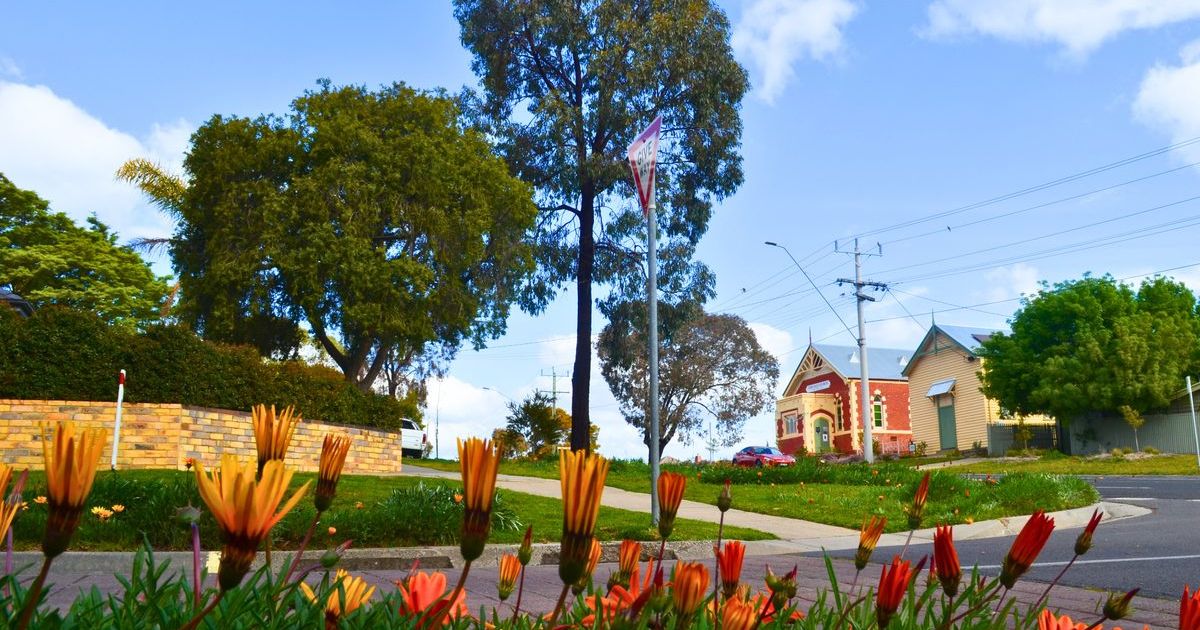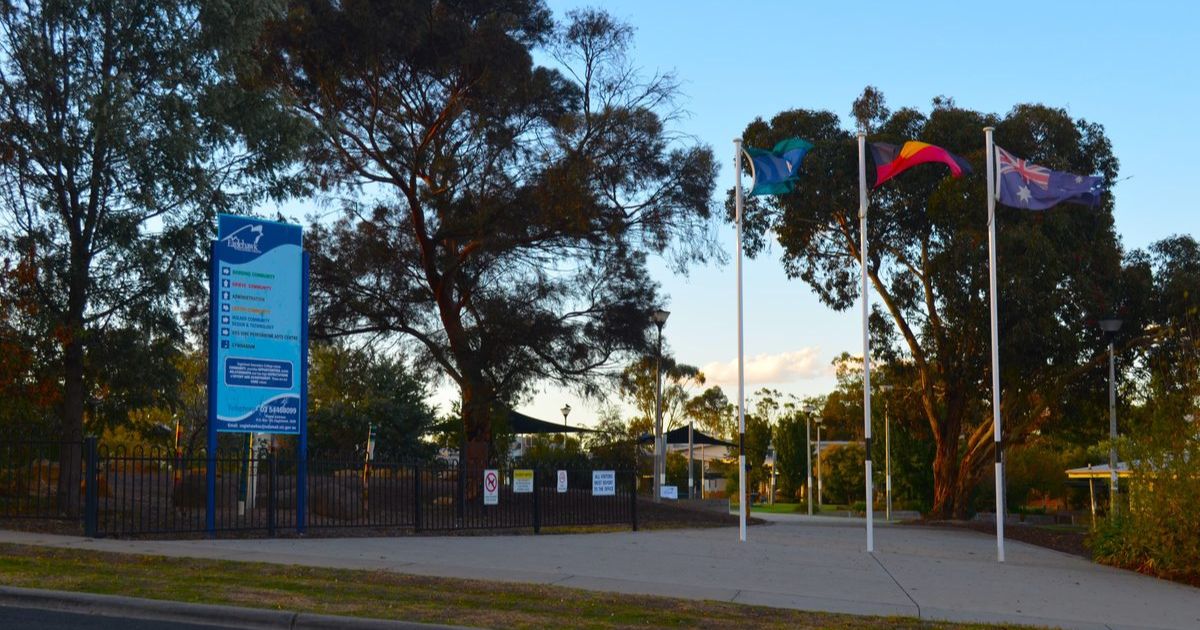Century of service for Botanic Gardens Arch

Pride in place: The Arch of Triumph (1925) in its original condition. Photo: VIRTUAL WAR MEMORIAL AUSTRALIA
SOME of us have walked through it tens, others hundreds, even thousands of times, most without giving a thought as to how long it’s stood, and how it came to be there in the beginning.
Yet today, the grand Arch of Triumph – which commands attention at the front entrance of the Bendigo Botanic Gardens in White Hills – marks 100 years since its official unveiling on 23 March 1925.
As the story goes, in 1920 local families decided to raise funds for its construction to honour the men from the area, including Epsom and Huntly, who had served, some of whom died, during the Great War (1914-1918).
Local author and historian James Lerk OAM, a founding director, former chairman and life member of the Bendigo Trust (now Bendigo Heritage Attractions), continues the tale.
“When we think of this Arch, we have to realise that White Hills was quite a vibrant community at the time,” he said.
“By the end of the 19th century it had become fairly (self-contained) in many respects – it had its own shopping centre, library/reading room, a school, and it soldiered on, so to speak.”
Mr Lerk explained that when the Great War began, quite a few local young men enlisted, with only 48 of 64 coming back alive.
“Immediately after the cessation of hostilities, as the soldiers were being gradually repatriated, they had a very active community here to welcome them back – (and) they put on quite a show,” he said.
Shortly after, community leader, jeweller and optician Charles Melbourne Dawe initiated the idea of creating a memorial.
“He sketched out his (concept) and that was then drawn up by the architect George Garvin,” Mr Lerk said.
Garvin also designed the Bendigo Soldiers’ Memorial Institute, now Bendigo Military Museum.
“Later, once they had a really active fundraising committee, they made small bricks with amounts on them, like ten shillings, thirty shillings, one pound or two pound, which was one of their many activities to raise the £200 to create the Arch,” Mr Lerk said.
In terms of the servicemen whose names appear on the two plaques either side of the entranceway, Mr Lerk said the list wouldn’t have been too hard to compile.
“(The community) would have been very, very conscientious in doing that, because remember, as I said initially, when they had their welcoming committee to welcome the soldiers home again, they would have known who every one of these people were, and that was just a fact of life.”
And the rest, as they say, is a century of history.
“Of course, when it was opened it became the main entrance into the Botanical Gardens as well, (which) gave it additional status,” Mr Lerk said.
“But it was the fact that the community feeling was so strong that made it so significant to create something like this.
“It’s a very spectacular memorial in that respect.”
Community members are invited to gather at the Arch at 11am this morning to commemorate its centenary, and honour those who fell.


















